The regular daily and monthly rhythms of Earth’s only natural satellite, the Moon, have guided timekeepers for thousands of years. Its influence on Earth’s cycles, notably tides, has also been charted by many cultures in many ages. More than 70 spacecraft have been sent to the Moon; 12 astronauts have walked upon its surface and brought back 382 kg (842 pounds) of lunar rock and soil to Earth.
The presence of the Moon stabilizes Earth’s wobble. This has led to a much more stable climate over billions of years, which may have affected the course of the development and growth of life on Earth.
How did the Moon come to be? The leading theory is that a Mars-sized body once hit Earth and the resulting debris (from both Earth and the impacting body) accumulated to form the Moon. Scientists believe that the Moon was formed approximately 4.5 billion years ago (the age of the oldest collected lunar rocks). When the Moon formed, its outer layers melted under very high temperatures, forming the lunar crust, probably from a global “magma ocean.”
From Earth, we see the same face of the Moon all the time because the Moon rotates just once on its own axis in very nearly the same time that it travels once around Earth. This is known as “synchronous rotation.” Patterns of dark and light features on the nearside have given rise to the fanciful “Man in the Moon” description. The light areas are lunar highlands. The dark features, called maria, are impact basins that were filled with dark lava between 4 and 2.5 billion years ago.


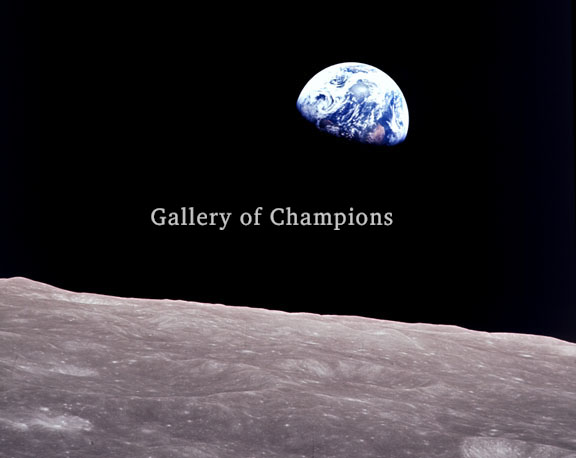



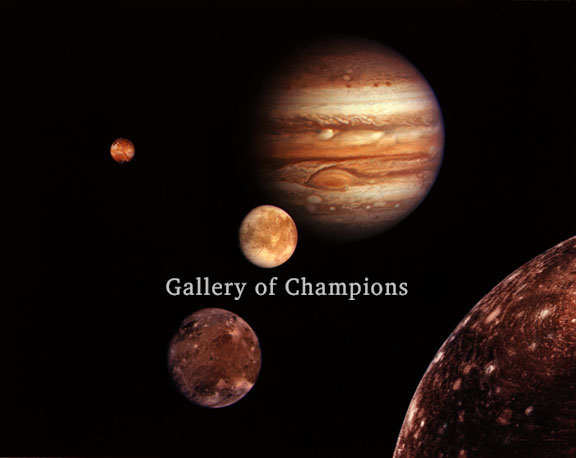
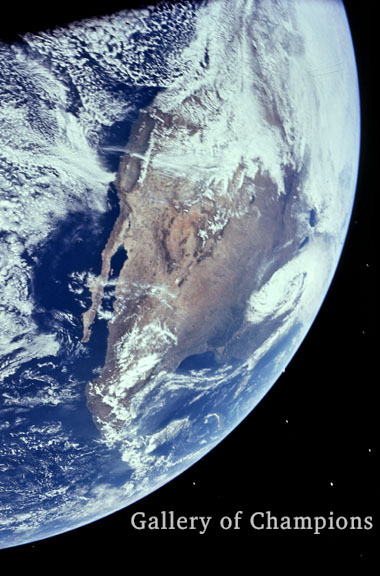

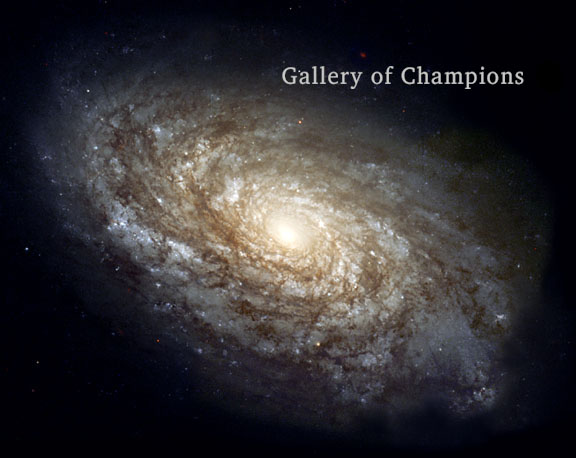
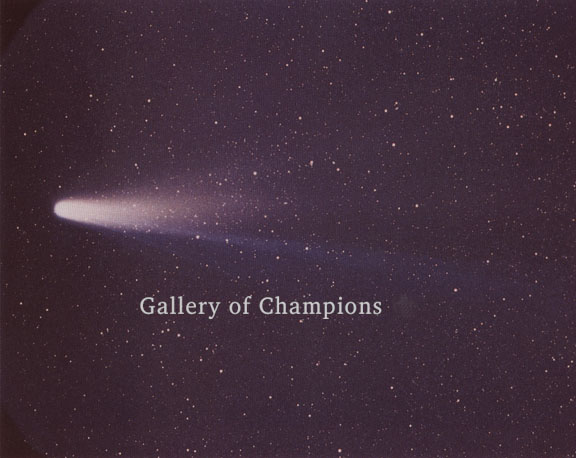
Reviews
There are no reviews yet.